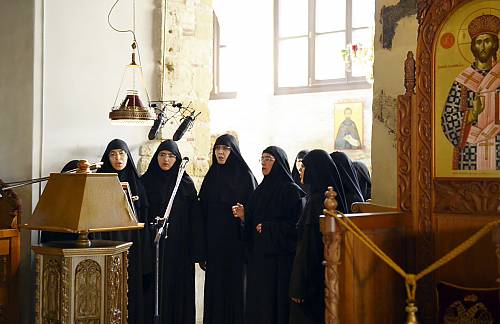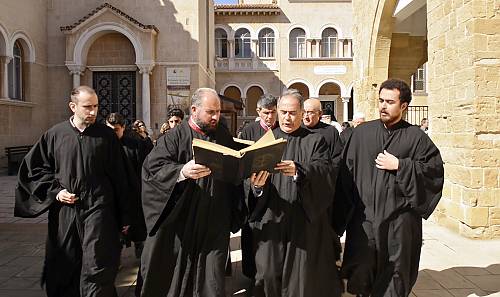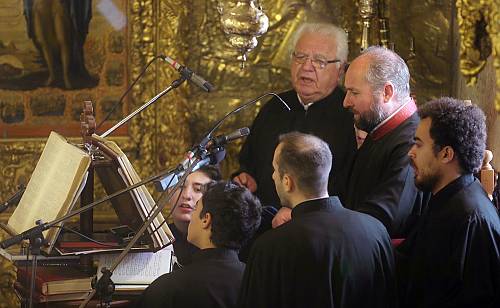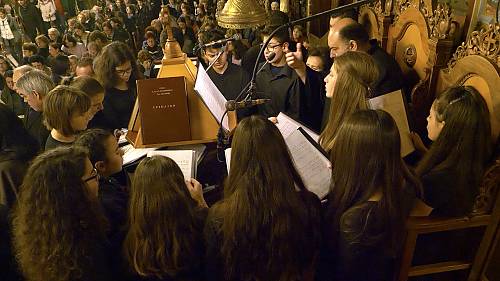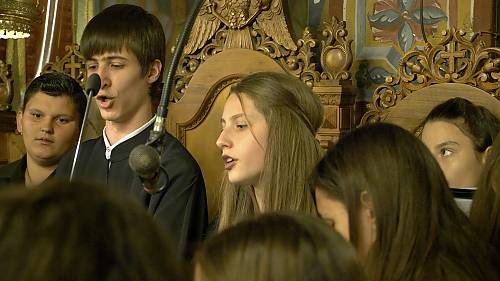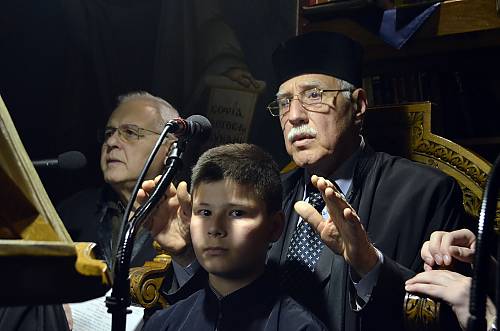Byzantine chant
Inscribed in 2019 (14.COM) on the Representative List of the Intangible Cultural Heritage of Humanity

As a living art that has existed for more than 2000 years, the Byzantine chant is a significant cultural tradition and comprehensive music system forming part of the common musical traditions that developed in the Byzantine Empire. Highlighting and musically enhancing the liturgical texts of the Greek Orthodox Church, it is inextricably linked with spiritual life and religious worship. This vocal art is mainly focused on rendering the ecclesiastical text; arguably, the chant exists because of the word (‘logos’), since every aspect of the tradition serves to spread the sacred message. Passed on aurally across the generations, its main characteristics have remained over the centuries: it is exclusively vocal music; it is essentially monophonic; the chants are codified into an eight-mode or eight-tone system; and the chant employs different styles of rhythm to accentuate the desired syllables of specific words. Though the Psaltic Art has always been linked to the male voice, women chanters are common in nunneries and participate in parishes to some extent. In addition to its transmission in church, the Byzantine chant is flourishing due to the dedication of experts and non-experts alike – including musicians, choir members, composers, musicologists and scholars – who contribute to its study, performance and dissemination.

